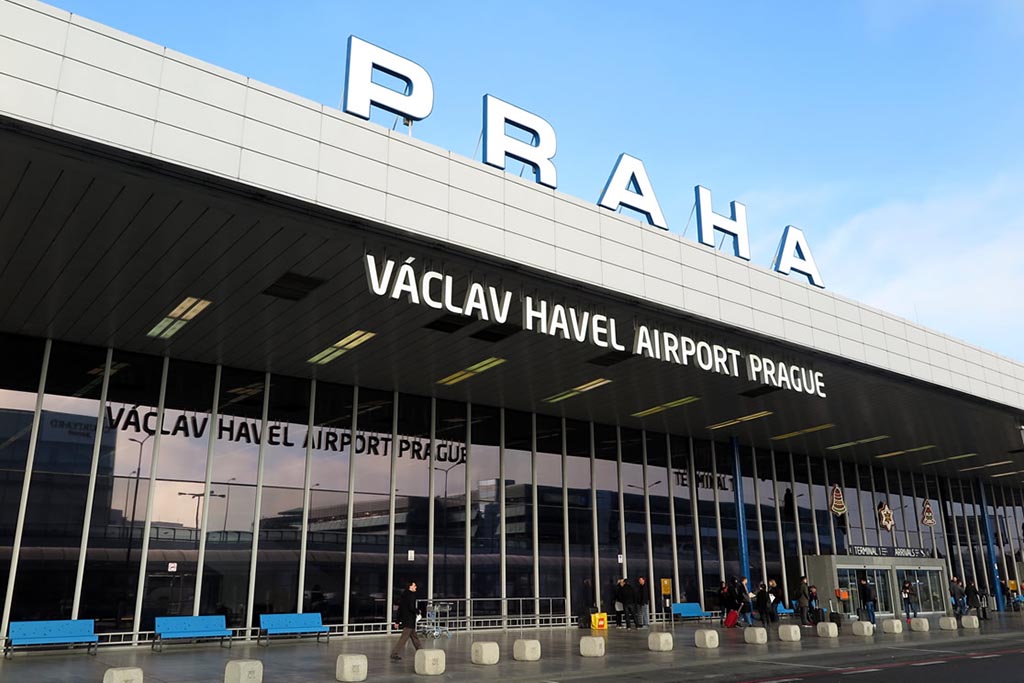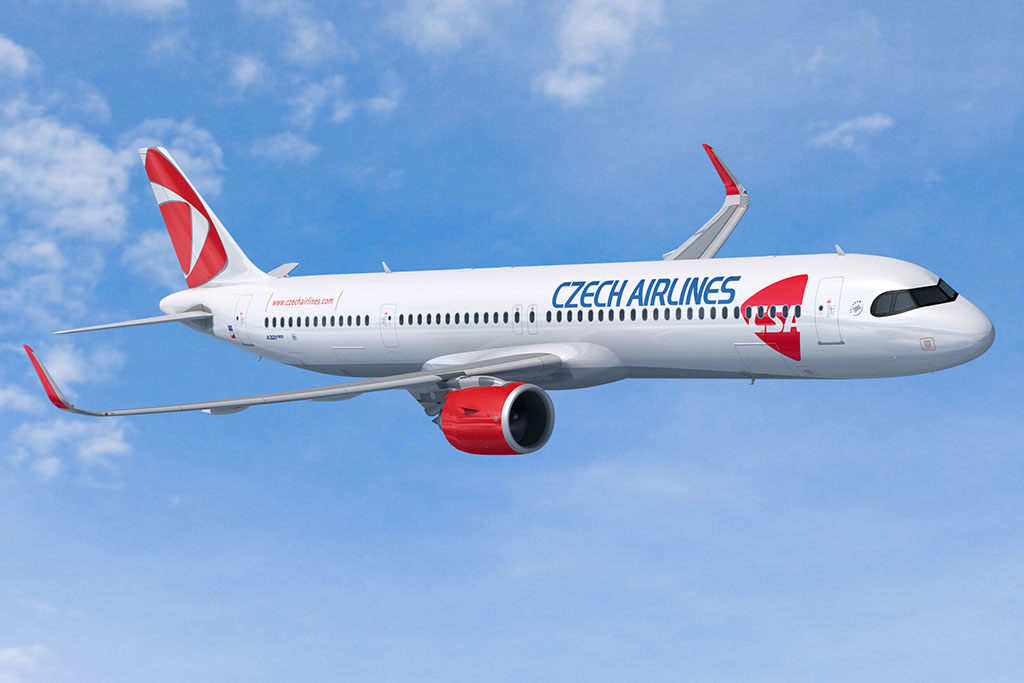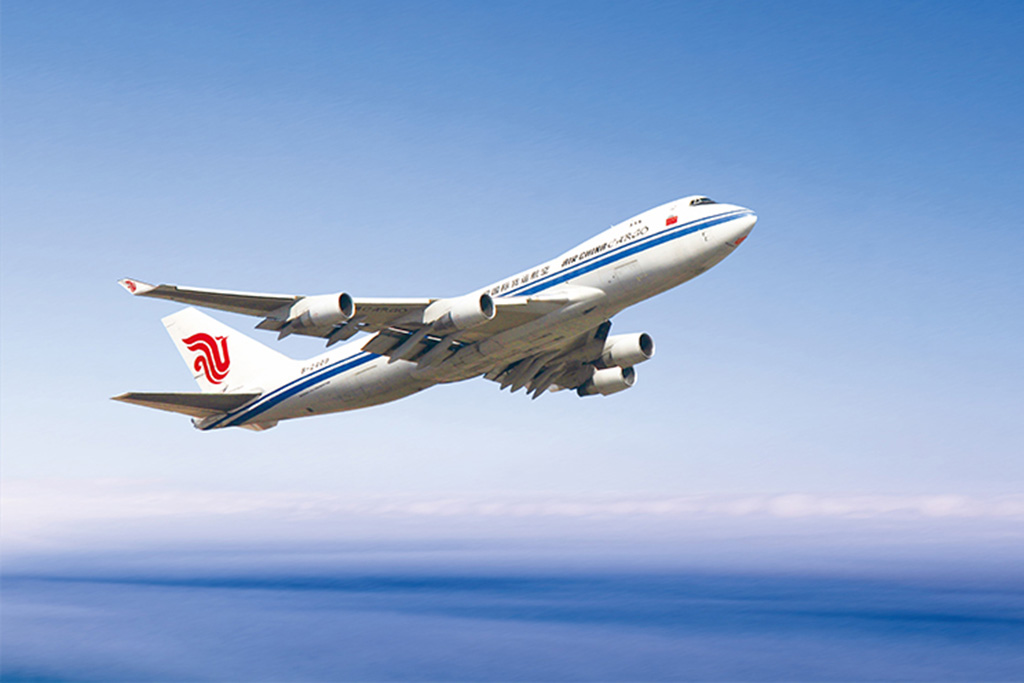In the minds of European travelers, Prague is not only a romantic city with fairy-tale architecture and medieval atmosphere, but also one of the transportation hubs in Eastern Europe. How to get to Prague is the first test of whether your journey is comfortable or not. Especially for tourists who are sensitive to budget or have tight schedules, “direct flight” or “transfer” has become an unavoidable choice.
Ⅰ. Direct flights: lowest time cost and highest comfort
1. Recommended airlines and flight introduction
Currently, direct flights from most major cities in Asia and Europe to Prague are mostly concentrated in the following airlines:
Czech Airlines: A local airline at Prague Vaclav Havel International Airport (PRG), with stable service and high flight punctuality, especially suitable for passengers departing from Central and Eastern Europe.
Lufthansa: Although most of the flights from Germany to Prague are branch lines, it only takes about 1 hour to transfer from Frankfurt or Munich, and the overall flight time is extremely short.
Air China: provides direct flights from Beijing, Shanghai and other places to Prague, with a flight time of about 10 hours.

Qatar Airways and Emirates: Transfer from Doha or Dubai. Although it is not a completely direct flight, the time is tight and the service is luxurious, which can be called a “pseudo direct flight”.
2. Features of direct flights
The biggest advantage of direct flights is that it saves time, has less luggage tossing, and has a more coherent flight. In particular, direct flights to Prague on international routes usually provide the following conveniences:
Luggage is checked directly without the need to collect
Immigration procedures are handled uniformly
Higher quality of on-board service, better entertainment and dining experience
Avoid the trouble of transfer time zone
3. Brief description of costs
The cost of direct flights is usually about 20%-40% more expensive than transfers. For example, the round-trip tax-inclusive ticket from Beijing to Prague is about RMB 6,000-8,000 in the peak season, while it can drop to about RMB 4,500 in the off-season.
Ⅱ. Transfer flights: obvious price advantage and higher flexibility
1. Recommended airlines and flight plans
Although transfer flights take longer, they often have higher flexibility and price advantages, especially for travelers with limited budgets or who want to visit other cities by the way, they are ideal choices.
Finnair: Transfer via Helsinki, a popular route connecting Asia and Eastern Europe. The airport is small and convenient, and the transfer time is short.
Turkish Airlines: Transfer via Istanbul, with extremely high cost performance and high-quality service.
Emirates Airlines and Etihad Airways: Transfer via Dubai and Abu Dhabi respectively, with comfortable seats and high-quality meals, are representatives of high-end transfer routes.
SWISS and Austrian Airlines: Transfer from Zurich and Vienna to Prague respectively, with stable time and comfortable waiting environment, suitable for passengers within Europe.
2. Transfer advantage analysis
Affordable price: 30%-50% cheaper than direct flights, especially in the off-season, it can be as low as less than 3,000 yuan.
More flight options: Diverse transfer options, suitable for flexible itinerary planning.
Have the opportunity to visit a city by the way: For some transit stops of more than 6 hours, you can apply for a short city tour, such as Turkish Airlines’ “Istanbul Transit Tour Plan”.
You can accumulate multiple frequent flyer points programs: If you use Star Alliance or Oneworld member airlines, you can accumulate points for future upgrades or ticket exchanges.
3. Analysis of specific booking platforms: Where is it more reliable to buy tickets?
1. Skyscanner: The king of price comparison, suitable for preliminary route selection

Skyscanner is the platform I open almost every time I check tickets. Its interface is very simple and its operation logic is clear. It can quickly filter out various conditions such as price, transfer time, airline, etc. It also supports the “whole month” view to help passengers find the date with the lowest fare. Especially for users with limited budgets and flexible itineraries, it is undoubtedly the first choice.
2. Kiwi.com: The creator of transfer routes, suitable for players who dare to try
The biggest highlight of Kiwi.com is that it can “create” transfer routes. Even if the two airlines do not have a code-sharing relationship, it can build a connecting flight for you through clever splicing. This method greatly broadens the selection, and the price is often much cheaper than traditional connecting tickets, which is especially suitable for travelers with limited budgets and not in a hurry.
3. Booking.com Flight Module: Hotel + Air Ticket, One-Stop Management
Although Booking.com is more well-known for its accommodation booking service, its “flight” function has gradually improved in recent years. If you want to manage flights and accommodation in a unified manner, this platform is very convenient. It provides a combination of multiple routes, suitable for users with complex itineraries, such as tourists who transfer in Prague to Austria or Germany and other Central European countries.
4. Trip.com (Ctrip International Edition): Chinese experience-friendly, suitable for first-time outbound travel
If you are booking an international flight for the first time and find the English interface a little difficult, then Trip.com will be a very safe choice. As the international version of Ctrip, it is completely operated in Chinese interface, supports mainstream payment methods such as Alipay, WeChat, UnionPay, and provides 7×24 hours Chinese customer service, which is very suitable for the elderly or users with less outbound experience.
If you are a budget-conscious user with a flexible itinerary, Skyscanner + Kiwi.com is a very cost-effective combination; if you value the booking experience and subsequent guarantees more, Booking.com and Trip.com are more suitable for you. Choosing the booking method that suits you best based on your travel habits and language skills is the key to saving both time and money.
IV. Insurance suggestions: Don’t be afraid of emergencies during the flight
During international travel, whether you choose direct flights or transfer flights, you may face some unforeseen situations during the flight, such as flight delays, luggage loss, flight cancellations, etc. These problems often bring inconvenience and extra expenses to travel, so it is recommended to purchase the following types of insurance when booking air tickets to escort your travel.
1. Flight delay insurance
It is especially important for transfer flights. If the next flight is missed due to the delay of the previous flight, the airline usually does not bear the responsibility for the subsequent flight. At this time, purchasing flight delay insurance can provide compensation and assist in rescheduling to reduce the impact of travel interruption.

2. Luggage loss insurance
With the increase in the number of transfers, the risk of luggage loss also increases. If the luggage fails to arrive at the destination in time, luggage loss insurance can provide you with quick claims and avoid the inconvenience caused by luggage delays. It is recommended to choose an insurance company with a convenient claims process, such as Allianz, Ping An or AIU.
3. Medical and emergency rescue insurance
When traveling abroad, sudden illness or accidental injury may have a significant impact on your trip. Medical and emergency rescue insurance can cover sudden health problems during flight, and even medical expenses at the destination. Some insurance products also include COVID-19 related protection.
Currently, booking platforms such as Trip.com and Booking offer additional insurance options, with prices generally ranging from 30 to 80 yuan. Tourists are advised to check this option when purchasing air tickets to ensure a safer trip.
V. Recommended crowd analysis: Which type of people should choose which type of flight method?
People who are suitable for “direct flights”:
Direct flights are suitable for travelers who value time and pursue efficiency, especially business travelers or those with tight schedules. At the same time, for the elderly, family travelers with children, or people with motion sickness, direct flights can reduce flight fatigue and transfer troubles, and experience more comfortable and safe. If it is your first time going abroad, you don’t speak the language or feel uneasy about the transfer process, direct flights are undoubtedly the most worry-free choice.
People who are suitable for “transfer”:
Transfer flights are more suitable for travelers with limited budgets but plenty of time. Those who like to “visit a city by the way” or have a points plan for airlines often choose transfers in exchange for miles and more flight experience. For those who like to explore different airports and those who are obsessed with flight details, transfers are actually a kind of “flying itself is traveling” fun.
There is actually no standard answer to choosing direct flight or transfer. It is related to the core demand of your trip-do you want to arrive as soon as possible to enjoy the sunset on the red roofs of Prague? Or do you want to take the opportunity to travel through several airport cities and add a little variety and exploration to your long journey?
No matter what kind of traveler you are, Prague is waiting for you, and your journey starts with choosing the right flight.